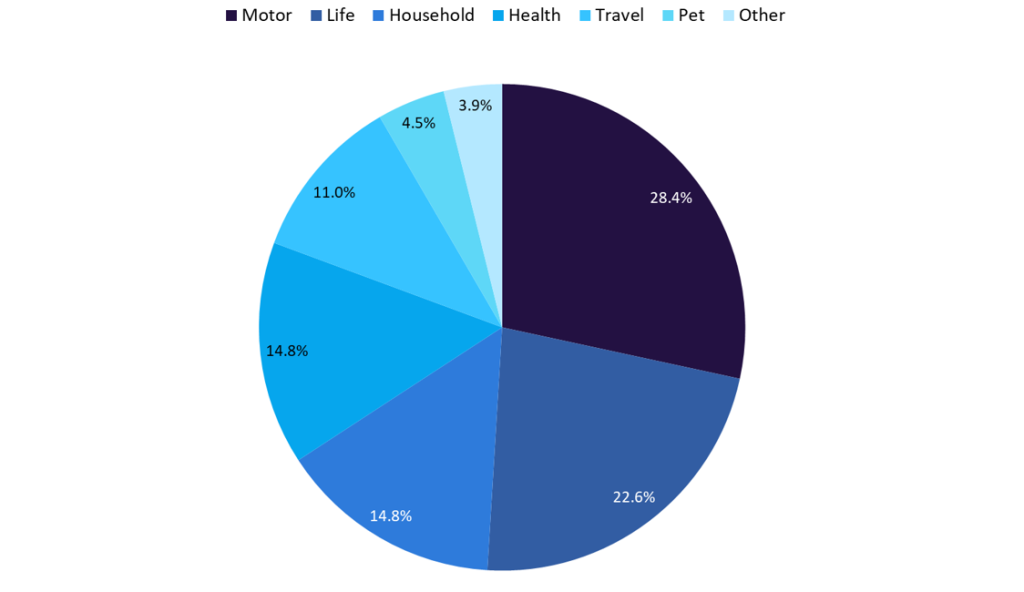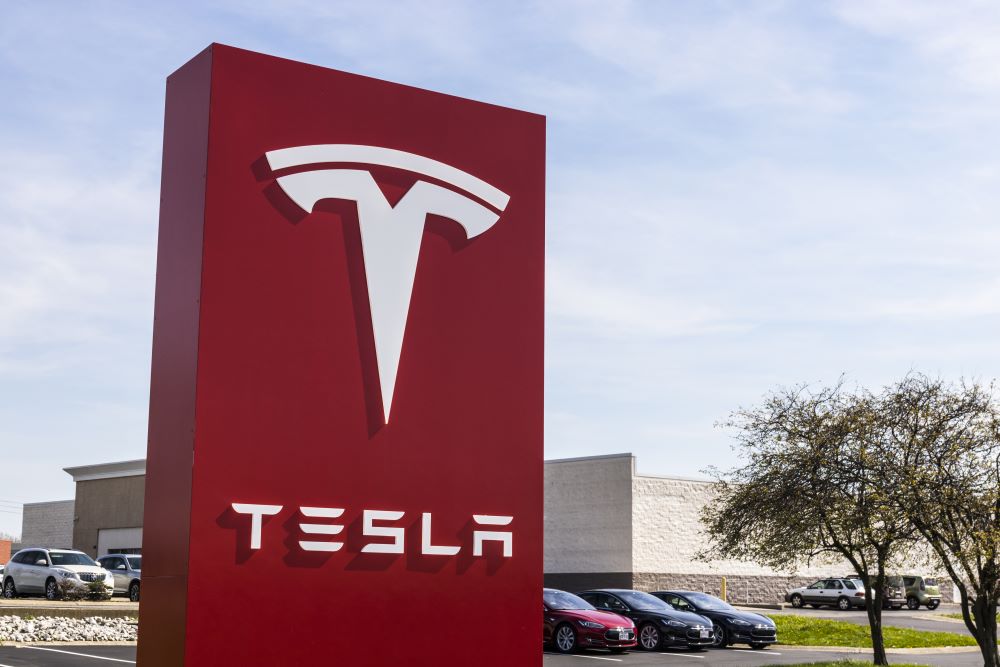Insurance industry insiders believe the most likely avenue for disruption caused by the embedded insurance trend will be in the motor line, according to GlobalData polling. Over a quarter of respondents to our poll replied that motor insurance will be most disrupted, followed by life insurance and then both home and health insurance equally.
Embedded insurance is the bundling of insurance or protection within the purchase of a third-party good or service. It is becoming a growing trend in the industry as the growth of mobile and e-commerce presents better opportunities for insurers to get insurance products in front of customers at the right time. In conjunction with technology trends such as big data, artificial intelligence, and the proliferation of third-party APIs, many players, both inside and outside the industry, are seeing embedded insurance as a major disruptor to the distribution of insurance products.
GlobalData polling suggests that the line most ripe for disruption is motor insurance (with 28.4% of votes). This is followed by life insurance (22.6%) and then household and health insurance jointly in third (14.8%). Insurers need to be prepared for the changing face of distribution across these lines as consumers increasingly seek simple avenues to purchase products.
Tesla is arguably the leader in embedded motor solutions. Its own insurance product is cheaper than legacy players’ offering for Teslas while incorporating many of the in-built telematics systems in the vehicle to create feedback loops for both driver and manufacturer, and these can improve driving and inform of design changes if needed. Tesla’s loyal followers also help the business sell its product – if a consumer is keen to buy a Tesla, they are probably keen to buy its insurance product too. In Tesla’s Q4 2022 earnings call held in January 2023, CEO Elon Musk stated that an average of 17% of its customers are purchasing the Tesla Insurance product.
Which insurance products will embedded insurance disrupt the most?

Source: GlobalData poll of industry insiders run on Verdict Media sites Q3 2023.
Embedded life insurance slightly lags the trend seen in general insurance lines, although evidence from our poll suggests insiders nevertheless see this as an area ripe for innovation and disruption. These policies tend to be embedded into products related to life events, with the emergence of partnerships between life insurers and real estate and banking players. Examples include a collaboration between Allianz Life in Ghana and Pay Angel Remittance to embed life solutions into digital remittance services, as well as US insurtech Bubble’s ‘Insurance-in-a-Box’ offering, which allows partners to embed home and life products into real estate transactions for customers. The embedded insurance trend is set to grow rapidly over the coming decade: InsTech London estimates that the market size of embedded insurance in the property and casualty segment alone will grow six-fold from 2022 to reach $700bn in GWP by 2030. Key benefits to the industry will be delivered by reducing friction in the purchasing process, minimising distribution costs, and generally cutting the global protection gap. Market players should have some form of embedded distribution strategy if they wish to stay competitive in the next generation of insurance.









